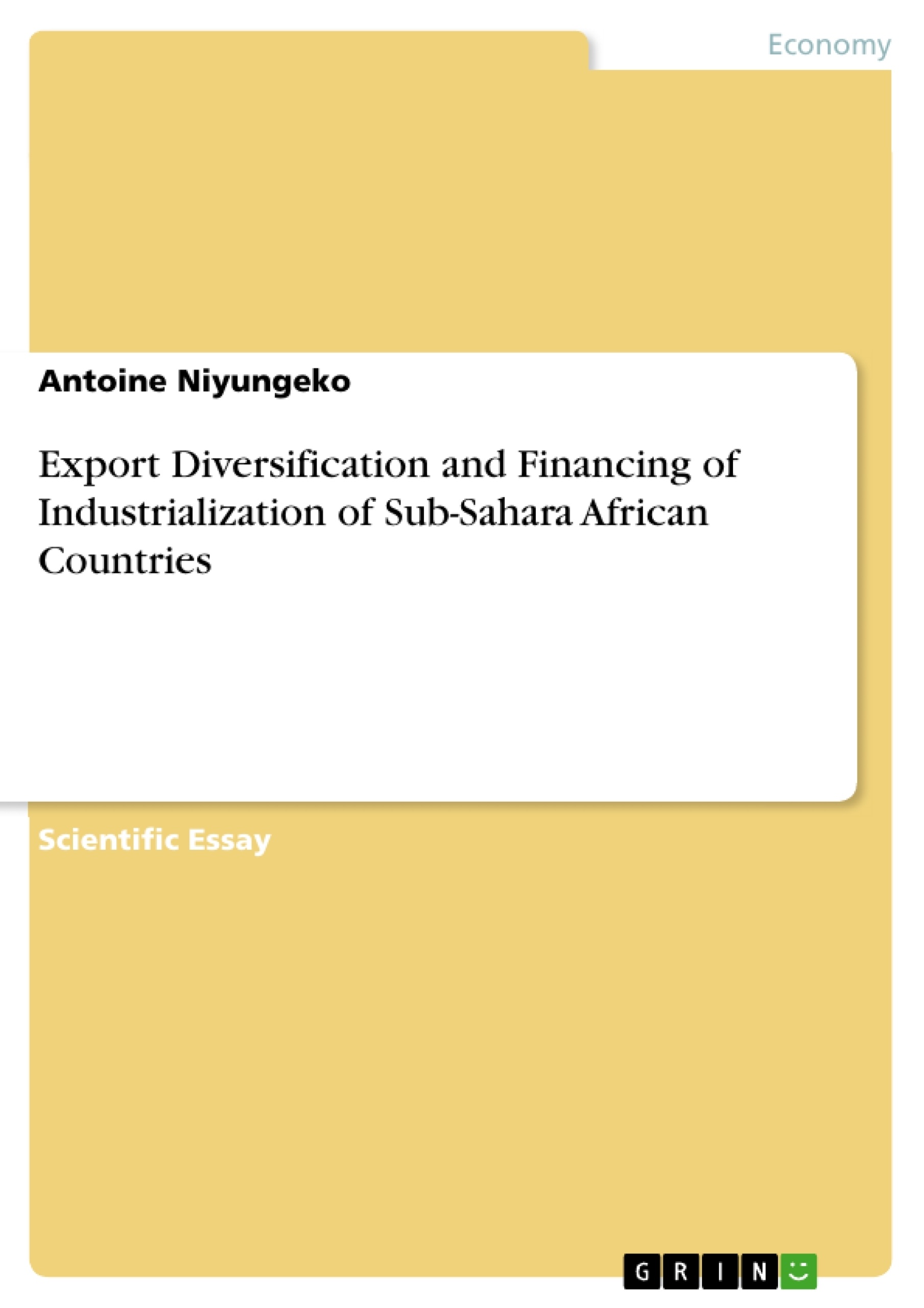This paper aims to examine the direct and indirect effects of foreign direct investment (FDI), development assistance (DA), and International Monetary Fund credit (IMFC) on the increase of exports (EXP) in Sub-Saharan African (SSA) countries. The study focuses on identifying the most influential factor in driving EXP, with a particular emphasis on sustainable financing strategies for export diversification and industrialization in SSA.
Traditionally, SSA has relied on FDI, development assistance (DA), remittances, and international credit for financial support. However, these sources of funding are expected to decrease due to the pandemic's economic impacts. The United Nations Conference on Trade and Development forecasts a significant decline in global FDI flows, with SSA facing a 25% to 40% reduction in investment flows for 2020. This underscores the urgency for SSA nations to explore sustainable financing methods for the necessary investments to boost exports.
Historically, SSA countries have utilized foreign direct investment (FDI) to fund economic development, but the outcomes have often fallen short, leaving many nations in poverty. Despite SSA's wealth of natural resources, efficient resource utilization remains a challenge, and potential advantages have not translated into inclusive growth.
The region also grapples with infrastructure gaps, poor investment climates, and weak governance and institutional capacities. In this context, it is imperative to consider alternative ways to finance economic growth, particularly export diversification and industrialization.
Research shows that export diversification and industrialization can significantly drive economic growth, but the question of how to finance these processes effectively remains largely unexplored. In the face of declining FDI and limitations within SSA's banking system, this study investigates the direct and indirect effects of FDI, DA, and IMFC on export expansion (EXP) and, subsequently, on gross domestic product (GDP).
The study delves into the mediating role of exports in various factors' impact on GDP, with the objective of identifying the most influential factor in driving export growth. Ultimately, this study aims to provide SSA leaders and policymakers with insights into innovative and sustainable financing approaches to promote export diversification and industrialization in the region.
Table of contents
Abstract
1 Introduction
2 Literature Review
3 Methodology
4 Research Results
5 Result discussion and conclusion
6 References
- Arbeit zitieren
- Antoine Niyungeko (Autor:in), 2020, Export Diversification and Financing of Industrialization of Sub-Sahara African Countries, München, GRIN Verlag, https://www.grin.com/document/903756
-

-

-

-
Laden Sie Ihre eigenen Arbeiten hoch! Geld verdienen und iPhone X gewinnen. -

-
Laden Sie Ihre eigenen Arbeiten hoch! Geld verdienen und iPhone X gewinnen. -

-
Laden Sie Ihre eigenen Arbeiten hoch! Geld verdienen und iPhone X gewinnen. -

-
Laden Sie Ihre eigenen Arbeiten hoch! Geld verdienen und iPhone X gewinnen. -

-
Laden Sie Ihre eigenen Arbeiten hoch! Geld verdienen und iPhone X gewinnen. -

-
Laden Sie Ihre eigenen Arbeiten hoch! Geld verdienen und iPhone X gewinnen. -

-
Laden Sie Ihre eigenen Arbeiten hoch! Geld verdienen und iPhone X gewinnen. -

-
Laden Sie Ihre eigenen Arbeiten hoch! Geld verdienen und iPhone X gewinnen.

